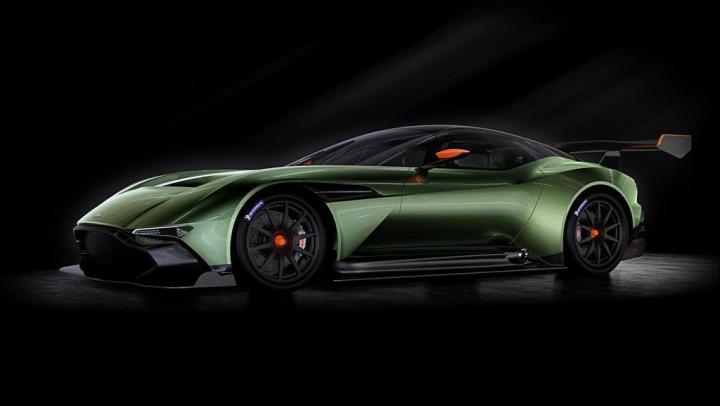
Not so, says newly minted CEO Andy Palmer.
In a sit-down with Car and Driver, Palmer, a former CPO of Nissan, said that the V12 isn’t going anywhere, but it will be significantly revamped.
“Of course, we’ve got to make it emissions compliant, and the current V-12 has to be completely renewed,” he said. “But yes, we have a twelve-cylinder engine in our future. Our customers expect that.”
The “fundamentally new” V12 is expected to debut with the new DB9 in about 18 months, which means it will not equip AMG’s biturbo V8 as previously reported. A form of the M178 powerplant (currently found in the AMG GT S) will show up in the Vantage first in about two years. Palmer also indicated that the new V12 will be of Aston’s own design.
Palmer started his career as a transmission engineer, and his love of the stick shift has carried over into his new job. As nearly every sports and supercar manufacturer embraces smaller engines with forced induction and DSG gearboxes, Aston Martin continues its somewhat traditional approach. And something about that just feels right.
“I would love to be the last car manufacturer providing stick shifts in the U.S.,” he said. “That’s my hope, we will keep the faith. And even as the industry moves to twin-clutch transmissions, at the heart of each of those you still have a manual transmission. It’s only a matter of breaking it into its parts.”
Aston Martin isn’t completely old-fashioned, however. For proof, we remind you of the luxurious DBX concept that premiered at the 2015 Geneva Motor Show. An all-electric, all-wheel drive grand tourer, the car is a ambitious endeavor for the company, one that Palmer hopes to make into a production reality.
In true Aston fashion, though, it all comes back to that big V12.
“One of the reasons for having an electric car is to allow us to continue with the V-12 for longer,” he said.
See? Sometimes, being stubborn isn’t all bad.
Editors' Recommendations
- The best Aston Martins of all time
- Aston Martin combines cameras and mirrors to give drivers maximum visibility
- Aston Martin’s DBX SUV has a luxurious interior, and a price to match
- If you want Aston Martin’s newest supercar, you’ll have to buy a classic first
- Aston Martin’s first SUV will share an engine with its sports car siblings


